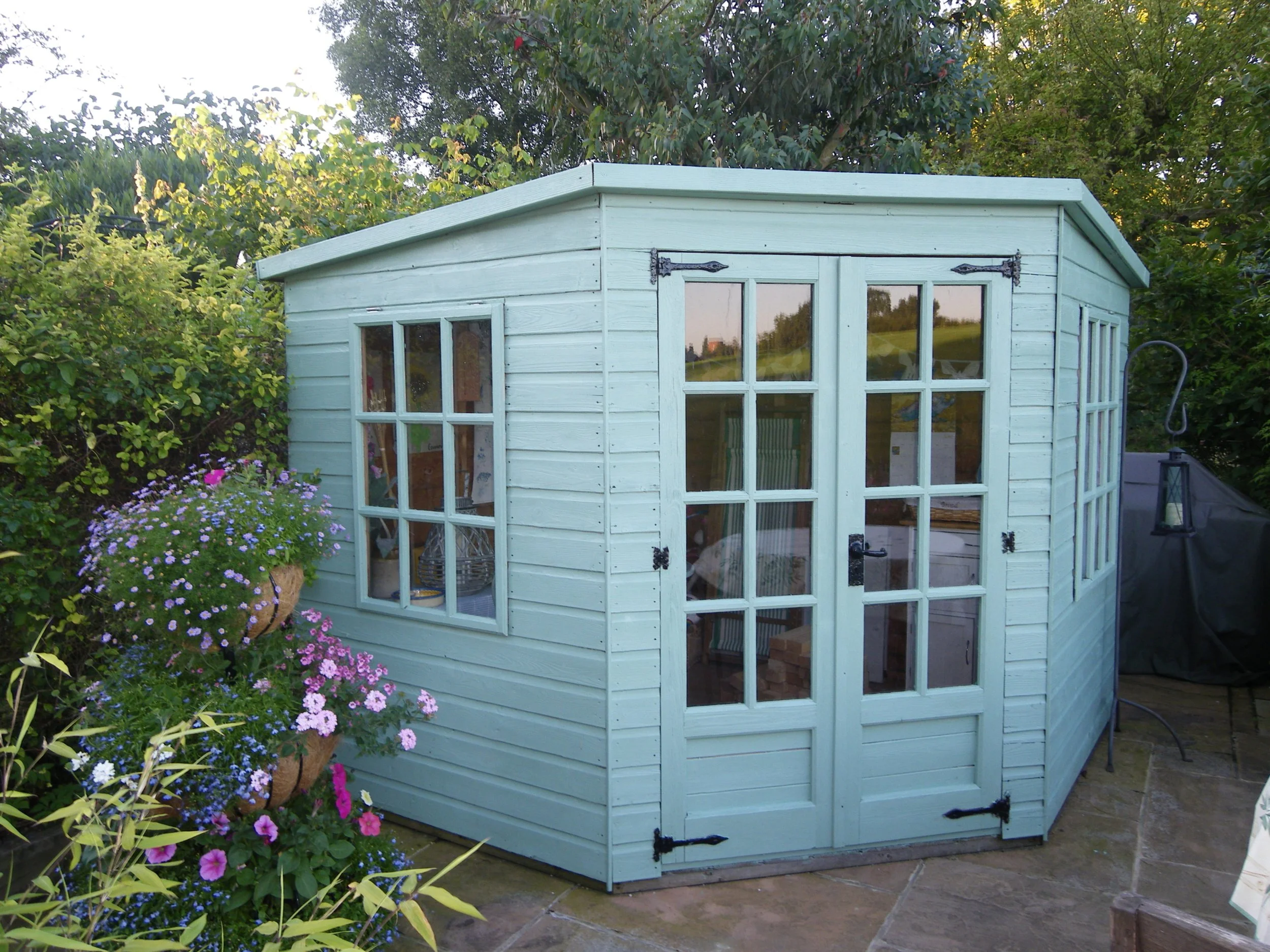Barn Paint
The Ultimate Guide to Barn Paint: Protect, Restore, and Transform Your Outbuildings!
What is Barn Paint?
Barn paint is a tough, weather-resistant coating specially formulated for exterior timber, and sometimes masonry, metal or corrugated sheets. Unlike regular paint, barn paint is built to handle harsh weather, UV exposure, and the expansion and contraction of timber through the seasons.
Modern barn paints often combine:
Long-lasting colour retention
Flexible, breathable coatings (to help prevent peeling and cracking)
Water repellency and mould resistance
Why Use Barn Paint?
✅ Weatherproof protection
Keeps rain out, reduces water damage, and slows down wood decay.
✅ Preserves timber
Helps prevent warping, cracking, and splitting over time.
✅ Low maintenance
Many modern barn paints last several years before needing a fresh coat.
✅ Aesthetic appeal
From classic black and heritage reds to contemporary greys, barn paint helps blend your buildings into the landscape – or make them stand out.
Choosing the Right Barn Paint
When picking barn paint, think about:
Surface type: Timber, metal cladding, masonry? Some products are multi-surface; others are timber-only.
Finish: Matt for a traditional look, satin for a subtle sheen.
Breathability: Especially important for older barns with solid timber walls.
Colour: Classic black, oxide red, rich greens, and soft greys remain popular.
Ease of application: Water-based paints tend to dry quicker, are easier to clean up, and often have lower odour.
How to Apply Barn Paint Like a Pro
1. Prep the surface
Remove dirt, moss, and flaking paint with a stiff brush or pressure washer.
Allow wood to dry thoroughly before painting.
2. Check and repair
Replace rotten boards and fill cracks as needed.
Sand rough patches lightly.
3. Prime if necessary
Some barn paints are self-priming; otherwise, use a suitable wood primer.
4. Apply in good weather
Ideal conditions are dry, mild days (not too hot, not too cold).
5. Use quality tools
Wide brushes or rollers make large areas easier.
For cladding grooves, a smaller brush helps with detail.
6. Apply two coats
Follow manufacturer’s instructions on drying times.



